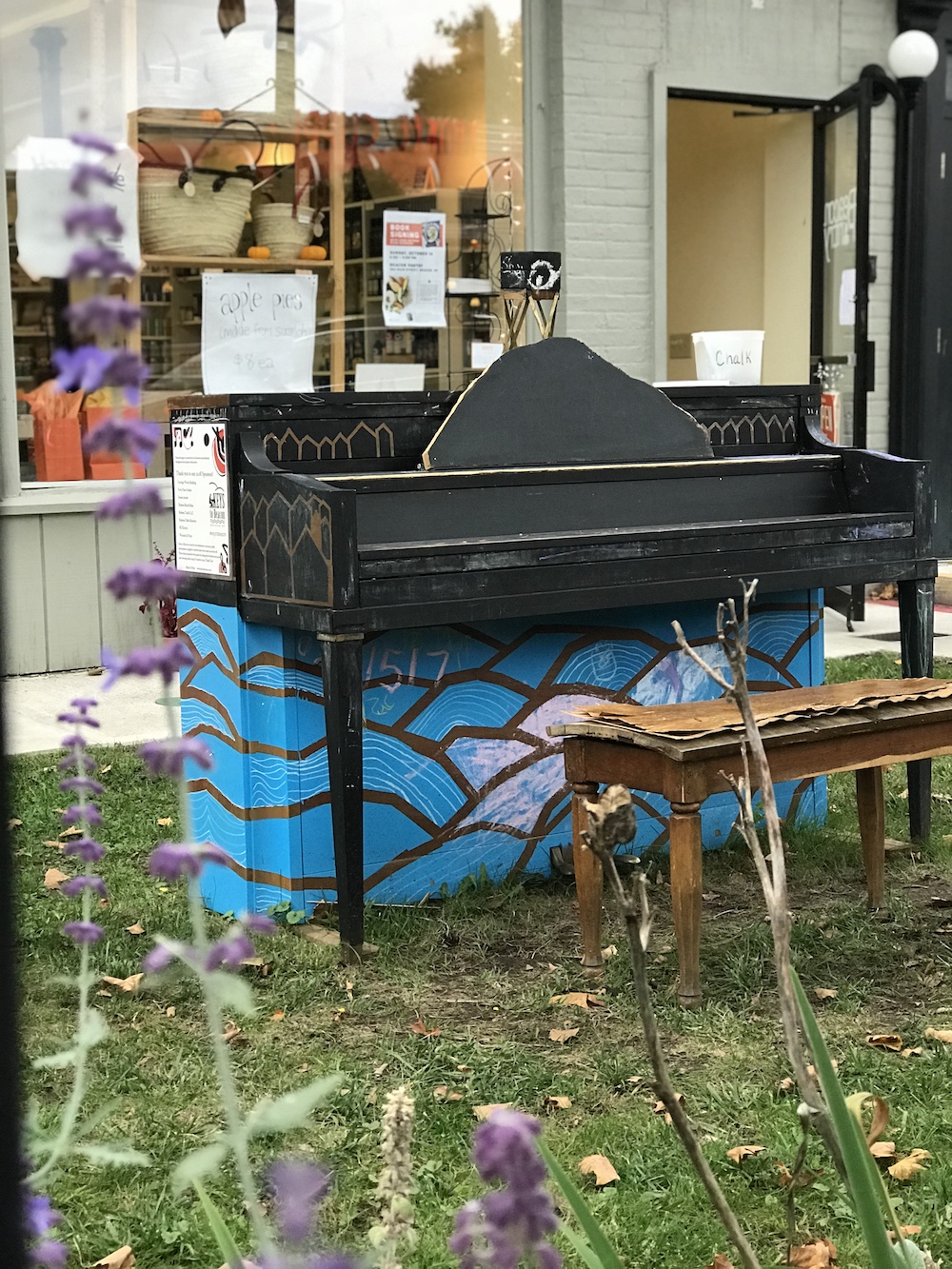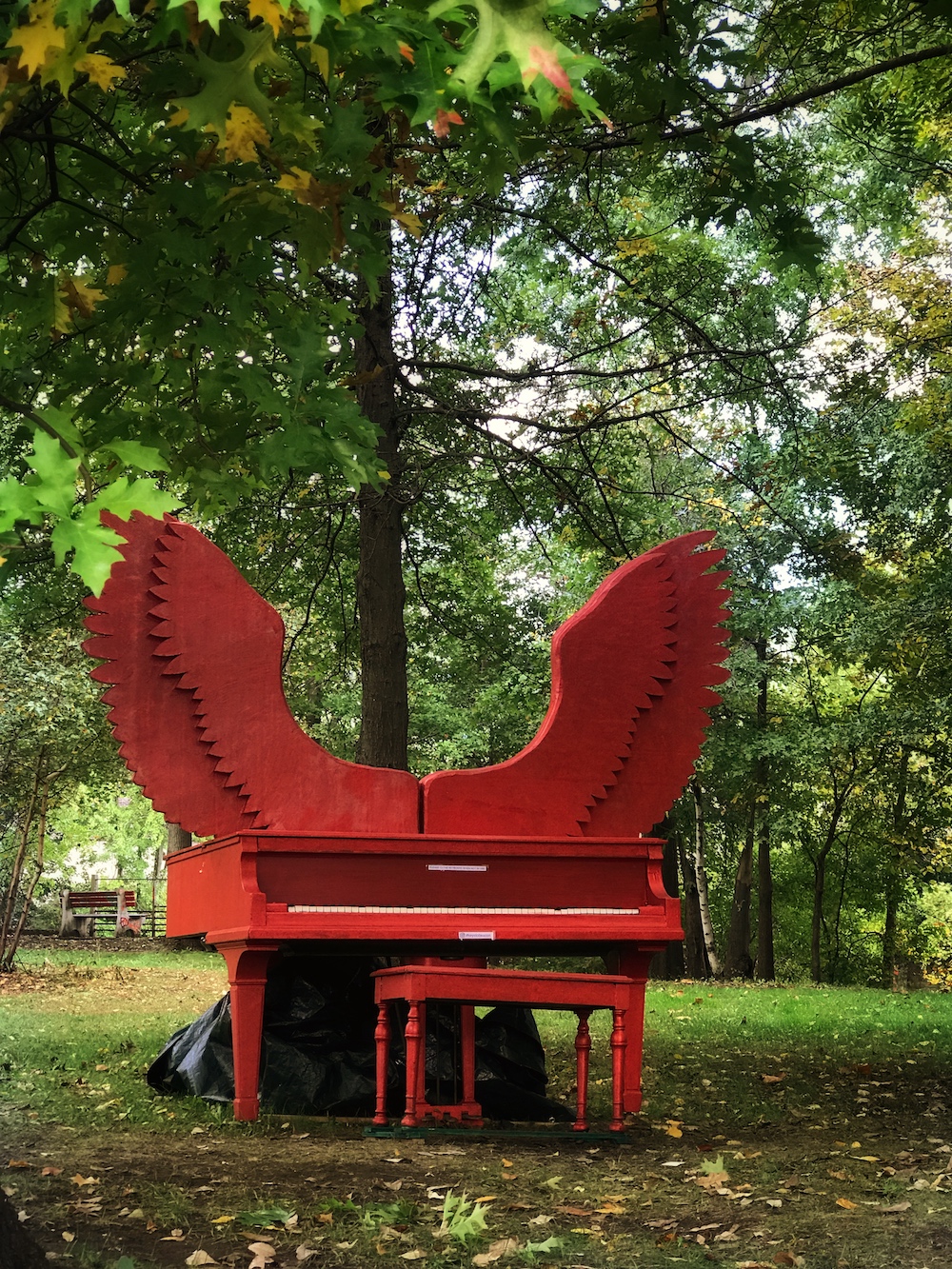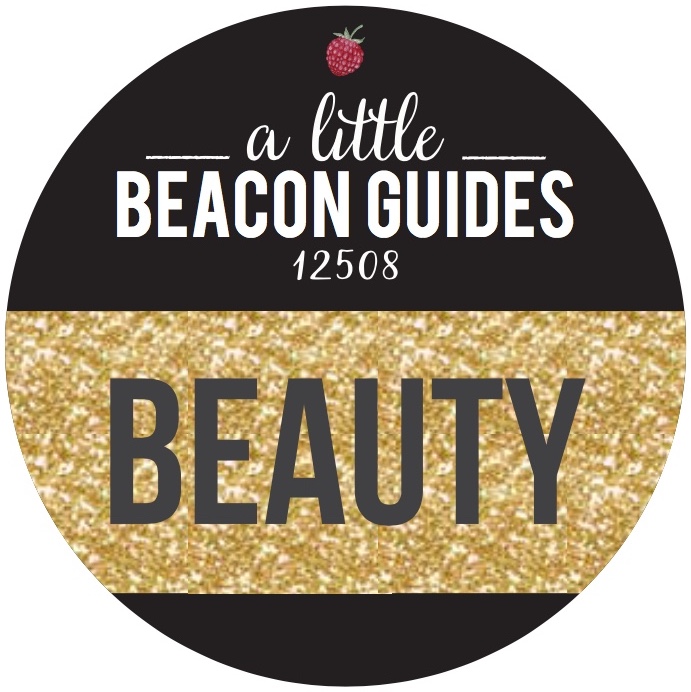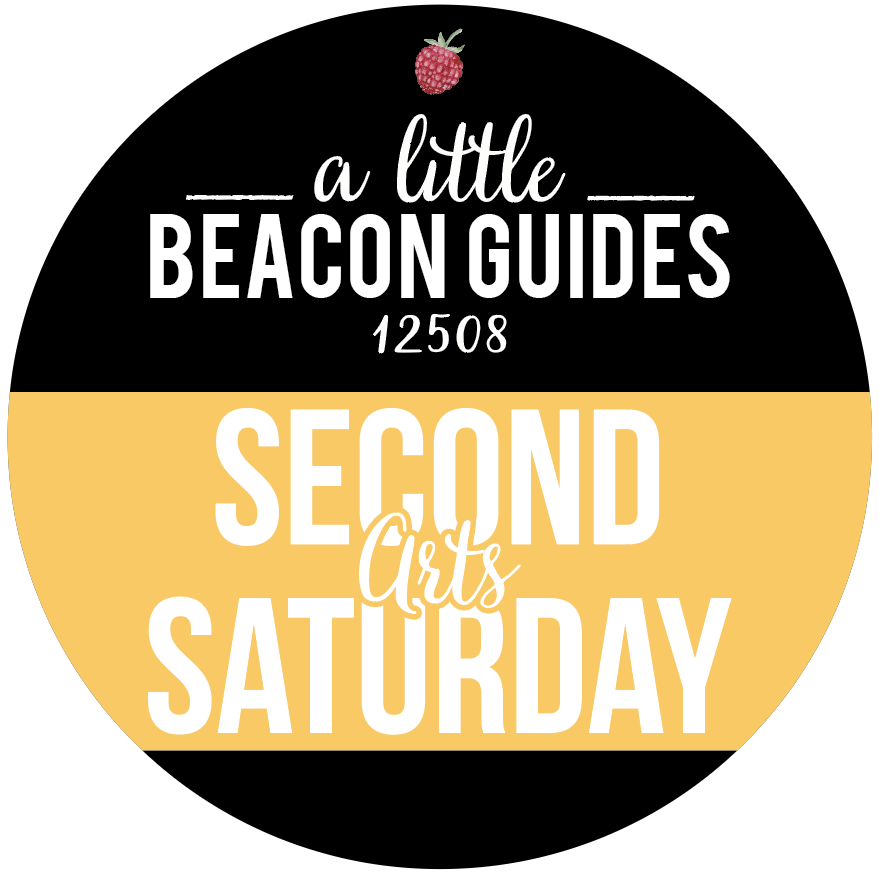About The Exhibit and The Painters
Here is an excerpt from No. 3 Reading Room & Photo Book Works’ description of the show:
Clarence Morgan and David Rich are painters who have worked for decades in both the studio and the classroom. Their devotion to painting and teaching brought them together decades ago in Minneapolis where they both arrived to work, teach and raise their families.
Longtime colleagues, Clarence and David were co-founders of what was known early on as the Painter’s Group, formed in Minneapolis in 1993 along with other local painters of various persuasions to generate dialogue exploring issues in contemporary painting. The purpose was not to critique each other, but to discuss the questions raised by their work and the possibilities for painting to address a range of concerns. Meeting in each other’s studio amongst peers, the ongoing conversations evolved organically and became a crucial source of discourse that was lacking outside academia at that time. It was an environment that was counter to the isolation of the studio and offered painters a space for the paintings to exist in a larger context.
Working overtime. Working over time. They sound the same, but connote different temporal states. Both apply to the painters and their works in this exhibit.
What does it mean to make a painting over time? What does devotion to one’s practice extended over a lifetime entail? To painters Clarence Morgan and David Rich, each in their sixth decade, time has become compressed, with a degree of urgency about its limitations and passage.
Yet both are known to, without reluctance or hesitation, revisit work done decades ago, to pick up their tools and search within both dimensions of painting and of time, of then and of now. Nothing is fixed, everything is up for grabs. Time collapses and the dialogue commences. As one day merges into the next, as each year melds into another, their work in the studio continues overtime and over time, yet is enacted in the here and now.
And in time, the paintings will be all that remain. Within the abstraction, the residual marks add up to signs and signals, visual occurrences and references. Old hands painting alongside younger selves, trains of thought picked up, clarified, informed and strengthened by years and years of working- a form of talking to one’s self, over time.
The resultant images become meditation devices, bold assertions or quiet murmurs of being, resolved, but not static, forces with lyrical movement residing within a compressed space, offering room for thought and for eyes to wander and explore. Within these paintings, time operates on its own schedule in relation to the viewer, offering first the immediate read, and then the slow reveal that rewards durational looking.










































































